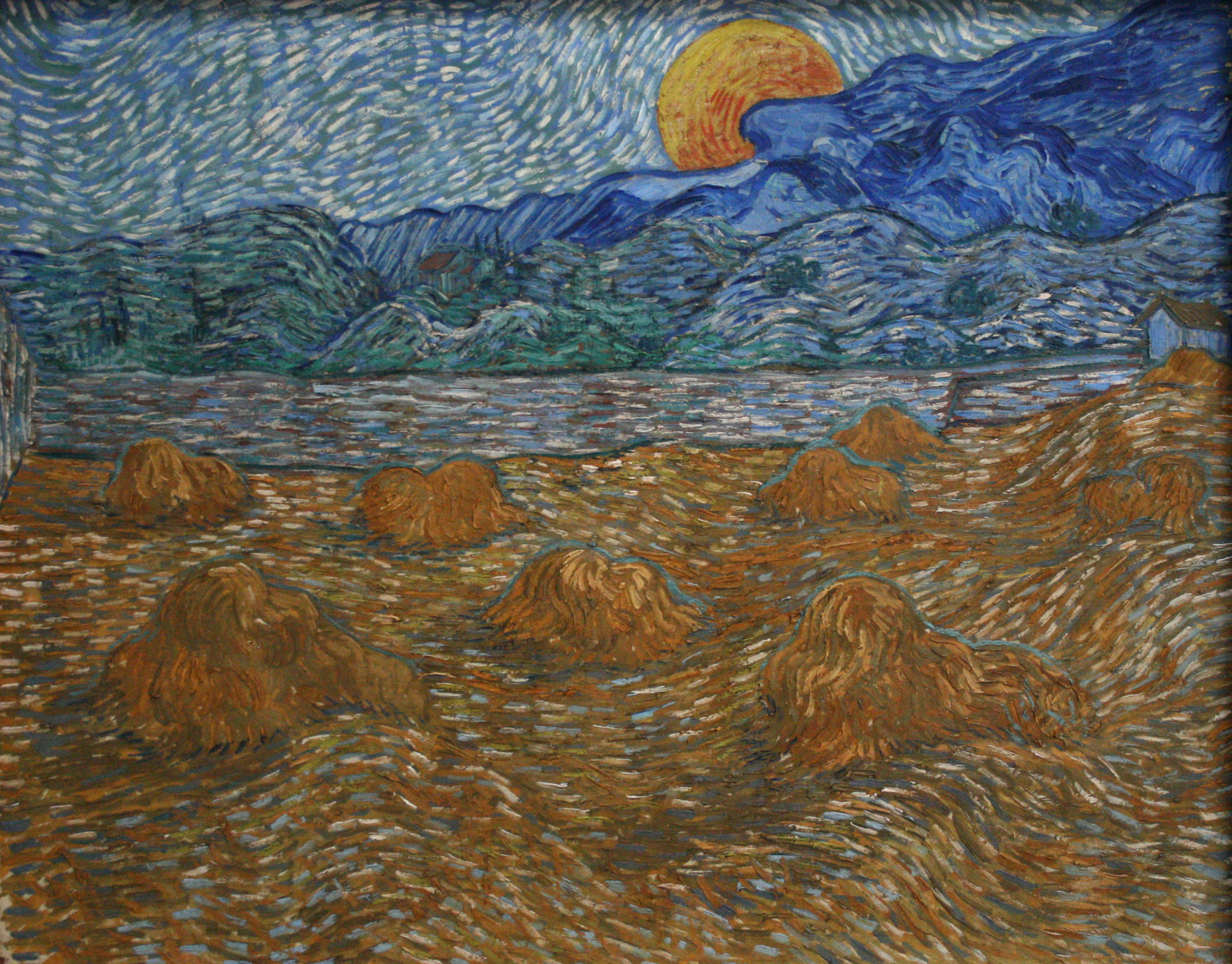Project Description
University of Georgia Spring 2022
“Through the iron-barred window I see a square field of wheat in an enclosure… above which I see the morning sun rising in all its glory.” —Van Gogh, in a letter to his brother Theo, from the asylum at Saint-Rémy-de-Provence
“I like it back here
Under the green swatch of the pepper tree and the aloe vera.
I like it because the wind repeats itself,
and the leaves do.
I like it because I’m better here than I am there…”
— Charles Wright, “Ars Poetica”
Place in literature is often treated as just “setting.” But places aren’t backdrops to our narratives. They, and all the beings they contain, shape our human stories and give us life. We have storied relationships to places. And every story takes place somewhere. How can we begin to see land as a shaping force of literature, not just its “setting”? Barry Lopez writes that, “If I were to try to explain the process of becoming a writer, I could begin by saying that the comforting intimacy I knew in that California valley erected in me a kind of story I wanted to tell, a pattern I wanted to evoke in countless ways.” In this class, we will explore how places have shaped the writers that we read and the stories they are telling. How does the land occupy the minds of characters and narrators, and how do they occupy the land with their imaginations, spirits, and bodies? How is the land a companion, a relationship, a kinship? What kinds of intimacy with their landscapes do writers, and the characters in their stories, practice? As we read a range of voices in nonfiction, poetry, and fiction, we will roam the texts as terrains, asking also how literature can be a kind of place we enter.
{painting by Van Gogh, Landscape with wheat sheaves and rising moon, 1889; public domain}
